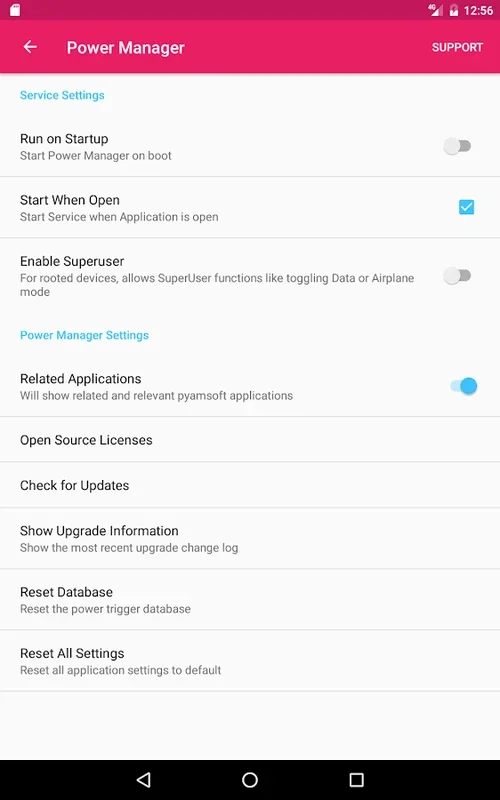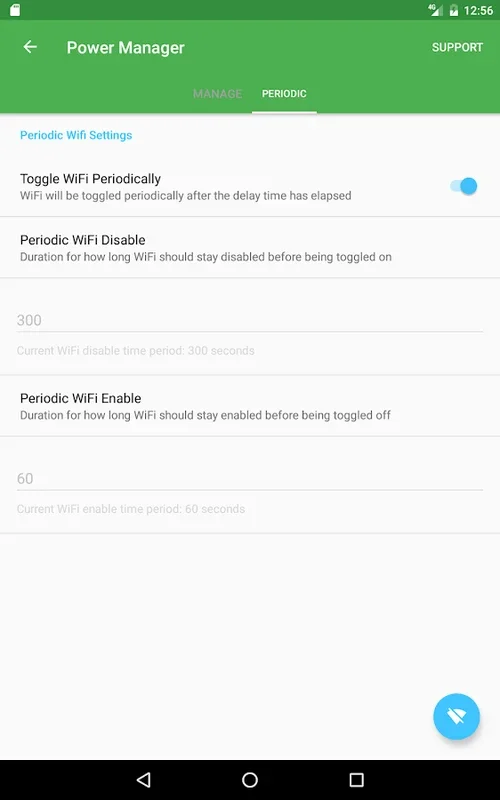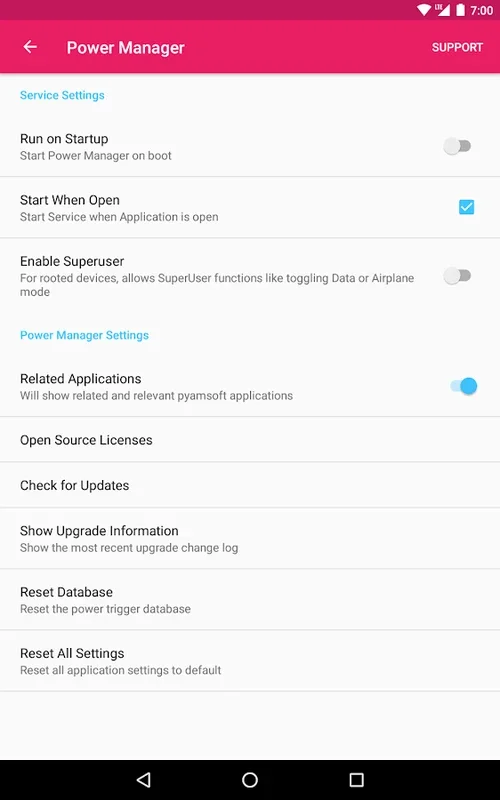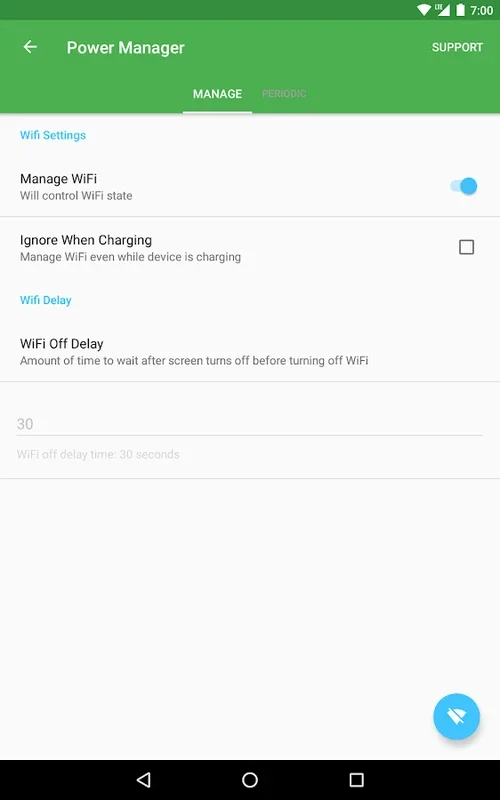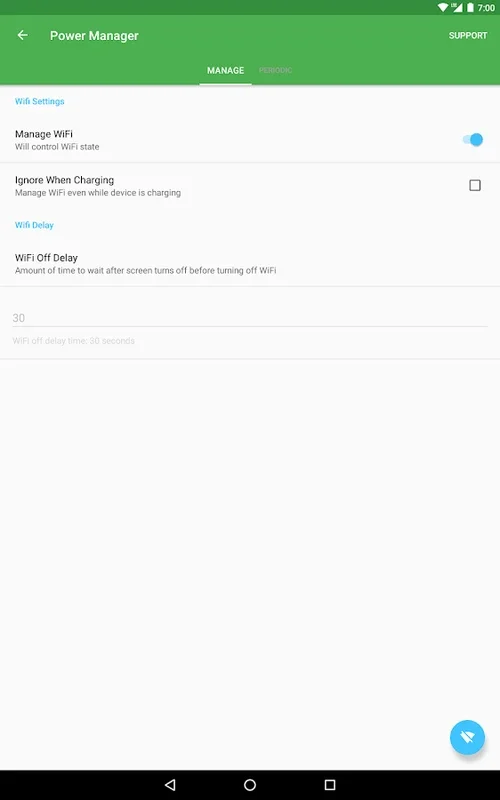Power Manager App Introduction
Power Manager has emerged as a crucial application for Android users who are conscious about their device's battery life. In today's fast - paced world, where our smartphones are an integral part of our daily lives, having a tool that can effectively manage power consumption is of utmost importance.
Understanding the Need for Power Management on Android
Android devices are known for their versatility and wide range of features. However, these features come at a cost - battery drain. With the increasing use of power - hungry applications such as social media platforms, high - definition games, and streaming services, the battery of an Android device can deplete rapidly. This is where Power Manager steps in. It acts as a guardian of your device's battery, ensuring that power is used efficiently without sacrificing the user experience.
The Core Functionality of Power Manager
Power Manager's primary function is to optimize the power usage of your Android device. It does this by carefully managing various device settings. For instance, it has the ability to control WiFi, Data, Bluetooth, and Auto Sync. When your device is idle, these settings can be adjusted to ensure that they are not consuming unnecessary power. For example, if your device is not in use and is sitting on a table, Power Manager can turn off WiFi or Bluetooth to save power. But it doesn't stop there. It also gives you the option to choose how aggressively you want to save battery life.
You can opt for an aggressive approach where it will turn off connections more frequently to save as much power as possible. On the other hand, if you prefer a more relaxed approach, it will allow some leeway and not be as strict in turning off connections. This flexibility is one of the key features that sets Power Manager apart from other similar applications. It also allows for configurations where you can decide whether to turn off connections altogether or periodically enable them to check for updates. This gives the user a great deal of control over their device's battery usage.
Advanced Features for Rooted Android Devices
For those users who have rooted their Android devices running Lollipop and later versions, Power Manager offers some advanced features. Root access allows for a deeper level of control over the device's settings. With root access, Power Manager can automatically manage data settings and control Airplane Mode. This is a significant advantage for power - conscious users as it allows for more fine - tuned control over power consumption.
In addition, for devices running Android Marshmallow and above, Power Manager can force Doze mode. Doze mode is a feature in Android that reduces background activity when the device is not in use. However, it usually requires some manual configuration to work optimally. Power Manager simplifies this process and enables users to take full advantage of Doze mode with just a small amount of manual setup. This can be extremely beneficial for users who want to maximize the efficiency of their device's battery by reducing background activity as much as possible.
User - Friendly Interface and Open - Source Advantage
One of the most appealing aspects of Power Manager is its user - friendly interface. It is designed in such a way that even novice Android users can easily navigate and use it. The simplicity of the application is not only in its interface but also in its functionality. It is light on both battery usage and memory, which means that it doesn't itself contribute to battery drain or slow down your device's performance.
Another important aspect of Power Manager is that it is an open - source platform. This means that the source code of the application is available for anyone to view, modify, and distribute. This has several advantages. Firstly, it allows for continuous development and improvement. The developer community can contribute to the application by adding new features, fixing bugs, and enhancing its overall performance. Secondly, it ensures transparency. Since the source code is open, users can be assured that there are no hidden malicious intents in the application. This also means that the application is more secure as any potential security vulnerabilities can be quickly identified and fixed by the community.
Comparing Power Manager with Other Power Management Tools
There are several power management tools available in the market for Android devices. However, Power Manager stands out in many ways. Some power management tools are overly complex and require a high level of technical knowledge to operate. In contrast, Power Manager's simple and intuitive interface makes it accessible to a wide range of users.
Some other tools may not offer the same level of flexibility in terms of battery saving options. Power Manager allows users to customize their power - saving settings according to their individual needs, whether it is an aggressive or a more relaxed approach. Additionally, the advanced features available for rooted devices, such as automatic data management and forcing Doze mode, are not commonly found in other power management tools.
The Future of Power Manager
As Android devices continue to evolve and become more powerful, the need for effective power management will only increase. Power Manager is well - positioned to adapt to these changes. With its open - source nature, it can incorporate new features and improvements suggested by the developer community. It is likely that in the future, we will see even more advanced power - saving techniques being implemented in Power Manager.
For example, as new Android versions are released with different power - related features, Power Manager can be updated to take full advantage of these features. It may also expand its compatibility to a wider range of Android devices, ensuring that more users can benefit from its power - optimization capabilities.
In conclusion, Power Manager is a robust and reliable solution for Android users who are looking to optimize their device's power consumption. Its combination of core functionality, advanced features for rooted devices, user - friendly interface, and open - source nature make it a top choice in the realm of Android power management.
